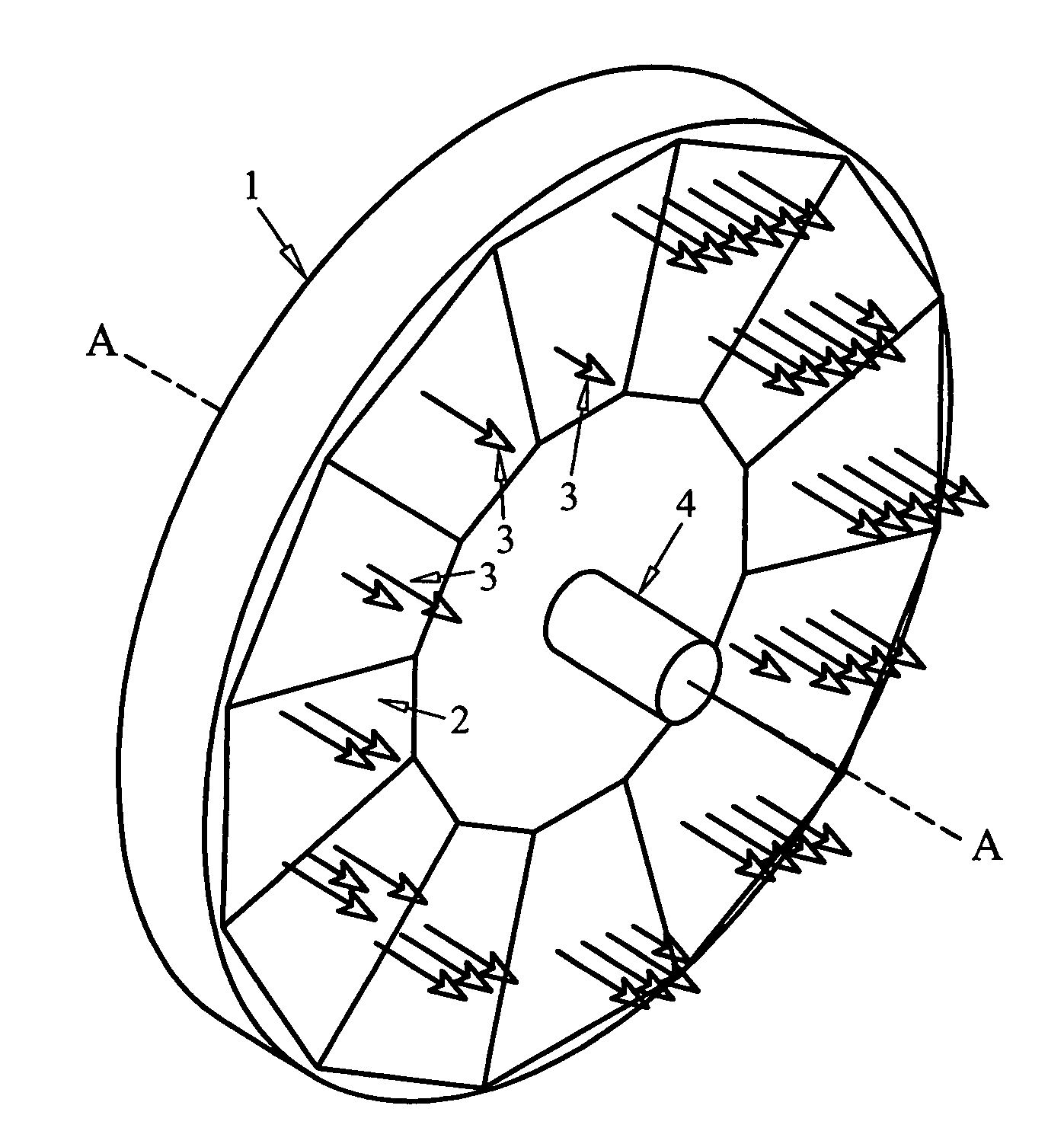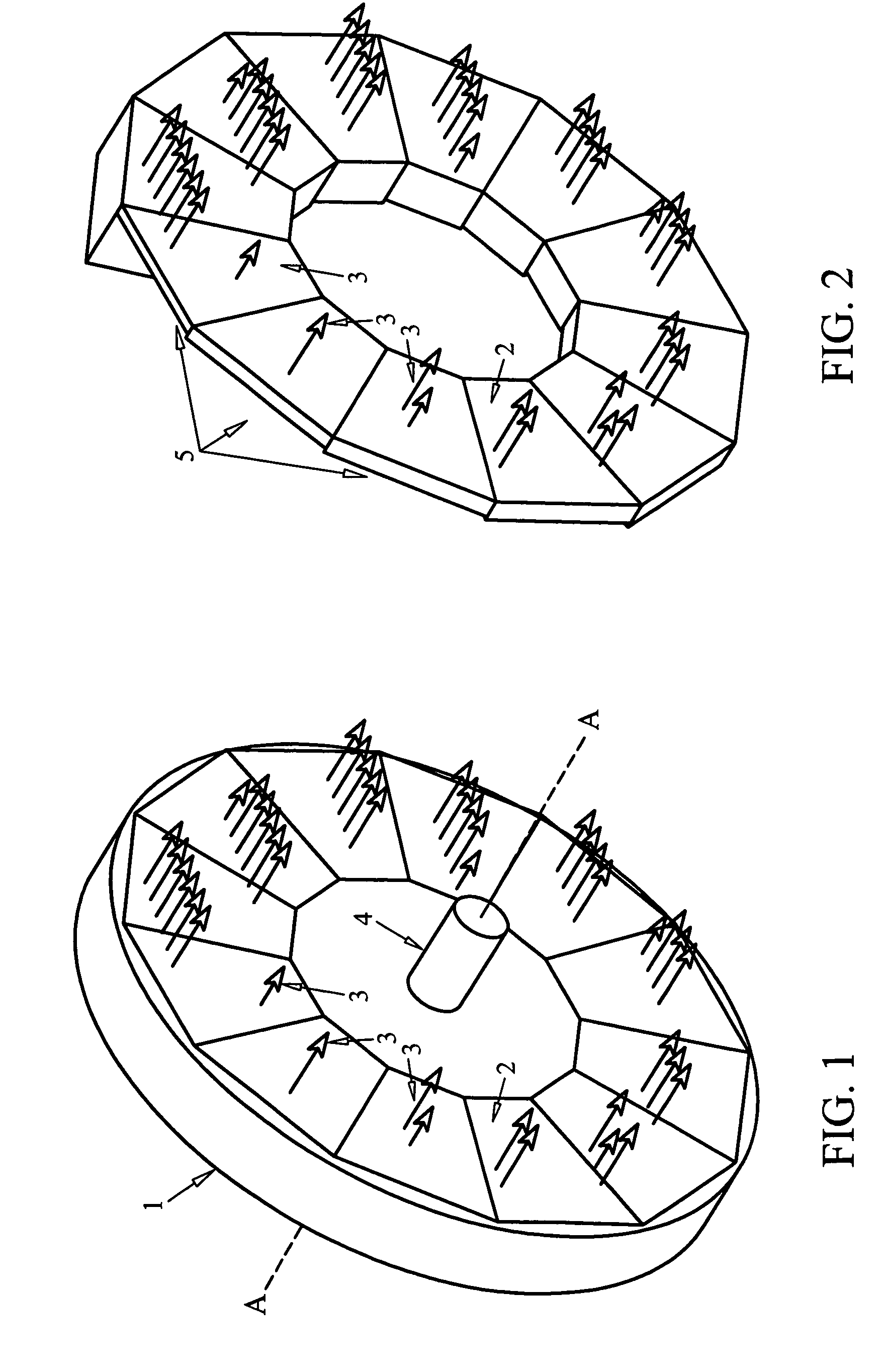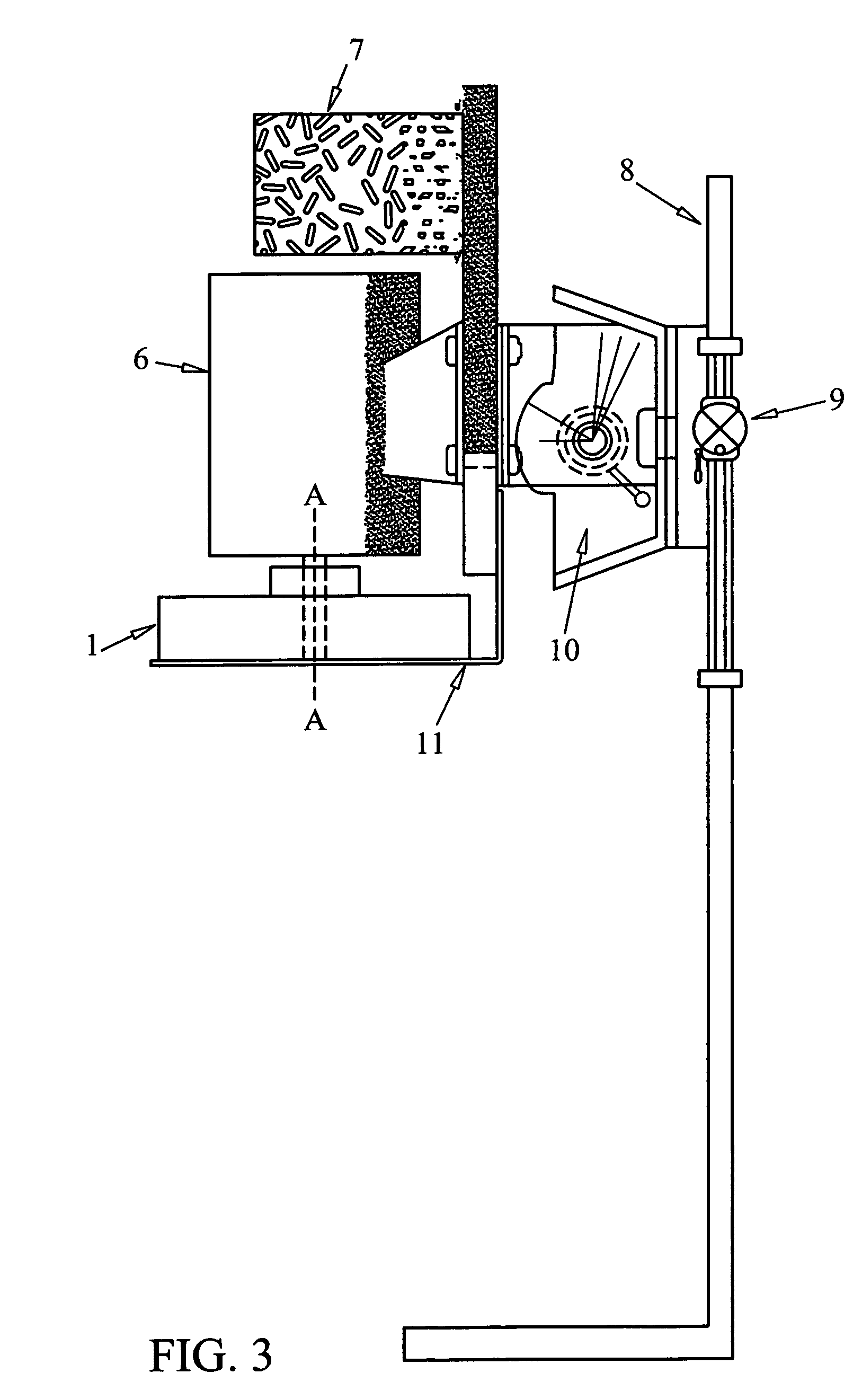Apparatus for creating therapeutic charge transfer in tissue
a technology of tissue and charge transfer, applied in the field of apparatus for creating therapeutic charge transfer in tissue, can solve the problems of non-uniform electric field in intensity and geometry, invasive nature of electrodes, and threatening the beneficial effect, so as to prevent excessive high voltage, prevent large amounts of energy, and improve the effect of efficiency
- Summary
- Abstract
- Description
- Claims
- Application Information
AI Technical Summary
Benefits of technology
Problems solved by technology
Method used
Image
Examples
Embodiment Construction
[0116]Reference will now be made in detail to the present preferred embodiments of the invention, examples of which are illustrated in the accompanying drawings. Wherever possible, the same reference numbers will be used throughout the drawings to refer to the same parts.
[0117]The present invention creates an induced DC-like electric field in biological material to treat the material. The biological material can be portions of a living human or animal, such as body fluids, cells, tissue, or bone.
[0118]The induced DC-like electric field can treat the biological material in numerous ways, including promoting regeneration of damaged tissue. For example, the DC-like electric field can treat trauma (e.g., bruises, torn muscles, and cartilage damage); debilitation; organs by stimulating their regeneration to restore their functions; damaged or severed human nerves or axons; slow or non healing bone fractures (nonunions); occlusion of blood flow due to formation of plaque or other forms of...
PUM
 Login to View More
Login to View More Abstract
Description
Claims
Application Information
 Login to View More
Login to View More - R&D
- Intellectual Property
- Life Sciences
- Materials
- Tech Scout
- Unparalleled Data Quality
- Higher Quality Content
- 60% Fewer Hallucinations
Browse by: Latest US Patents, China's latest patents, Technical Efficacy Thesaurus, Application Domain, Technology Topic, Popular Technical Reports.
© 2025 PatSnap. All rights reserved.Legal|Privacy policy|Modern Slavery Act Transparency Statement|Sitemap|About US| Contact US: help@patsnap.com



